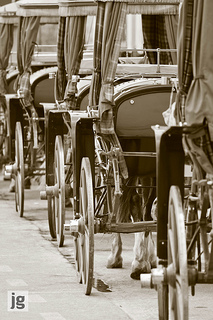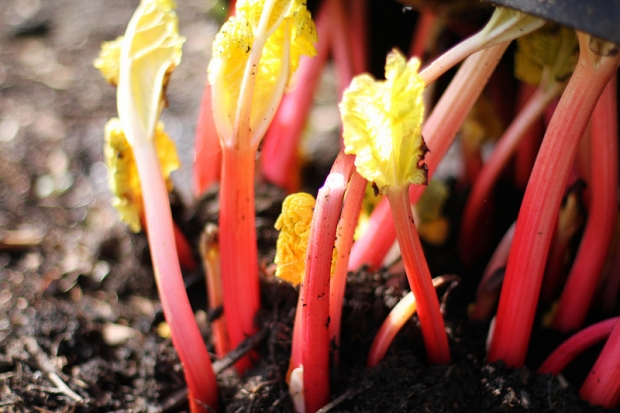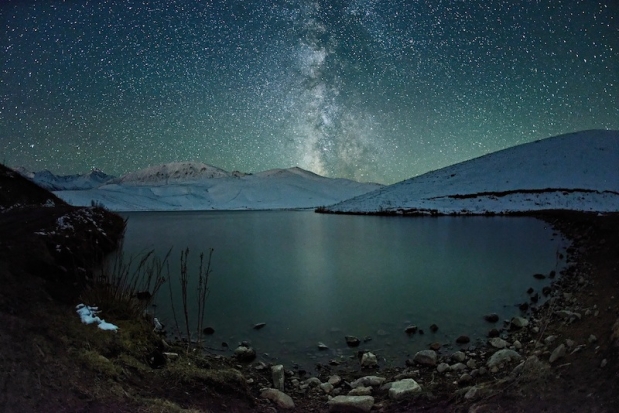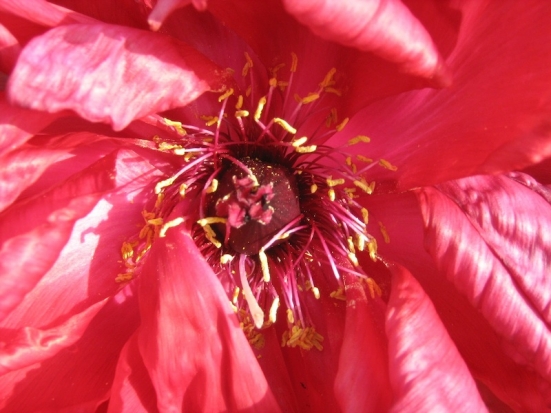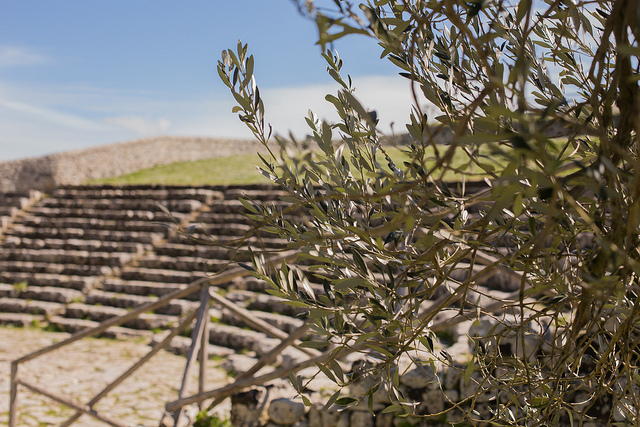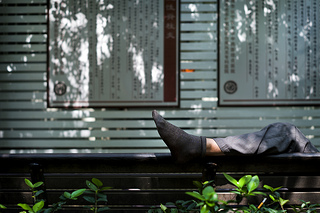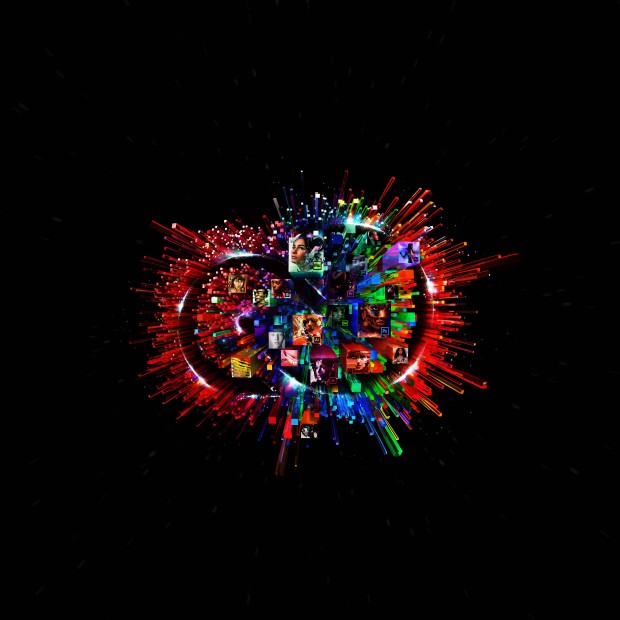 Now that the dust has settled and hopefully the tempers have calmed after Adobe's announcement to move from stand-alone licensing to online subscription for its Creative Suite products, which it has rebranded Creative Cloud, I think it's time for some assessment. What are the positives and negatives of this move; for whom does it work and for whom doesn't it; and what might it mean for the industry?
Now that the dust has settled and hopefully the tempers have calmed after Adobe's announcement to move from stand-alone licensing to online subscription for its Creative Suite products, which it has rebranded Creative Cloud, I think it's time for some assessment. What are the positives and negatives of this move; for whom does it work and for whom doesn't it; and what might it mean for the industry?
The figures
Price-wise, a year's subscription to the entire Creative Cloud package will cost you £46.88 ($49.99) a month. If you only want to purchase one application, let's say Photoshop, you can subscribe to that for £17.58 ($19.99) a month. The boxed version of Photoshop was around £600 ($1,000), depending on where you bought it. You would have been looking at around £2,500 ($2,600) for the complete gamut of Creative Suite. With Creative Cloud you also get 20GB of storage thrown in and access to the Behance network that Adobe recently bought and integrated into its business.
Over the course of a year, you'll be spending £562.56 for Creative Cloud or £210.96 for the Photoshop-only package. It's going to take you three years to shell out what you would have for the stand-alone package. Within those three years you might well have upgraded your stand-alone package, at whatever price Adobe set, but the upgrades to the Cloud subscription will have been automatically deployed. Thus for a few years, it is a more cost-effective solution but there will reach a point when your subscriptions exceed the cost at which you could have previously purchased the product.
For existing Adobe customers, the situation is a little different, because your first year as subscribers is slightly cheaper, but does that really make up for then having to shell out month-on-month for a product that you've effectively already bought?
Negatives and positves
The primary concern with the subscription model is that it locks you into the system in perpetuity. In the past, once you'd bought the licence to Photoshop CS3, you had it for as long as it continued to work. With the subscription model you only have access to Photoshop for as long as you continue to pay for it. And what's to stop Adobe from doubling or tripling their subscription fees next year?
If the cost of subscription were to become prohibitive, would you still be able to access your native format files? Right now, there are other programmes capable of opening PSD files, for example Pixelmator, but could Adobe move to a more restrictive format in the future? It could, but all of this is speculation right now.
If you were at all concerned that you would not be able to use Photoshop, or any of the other Creative Cloud applications, without an ongoing connection to the internet, Adobe have assuaged that fear. You will of course have to be connected to install and license the software, and you'll be asked to connect every 30 days to validate the licences, but you'll be able to use your applications for unto 180 days offline. If you're trekking through the jungles of Borneo, you'll still be able to edit your photos on the move, even if the trees don't provide wi-fi.
Winners and losers
Many people have suggested that Adobe's primary move towards the Cloud is to avoid the scourge of pirates. Whilst it might be conceivable that it will help to prevent people from pirating their products—although I'm not convinced; if you can make something, you can break it—what they will prevent, at least until someone finds a workaround, is people using their products, and not necessarily encourage their purchase.
People pirate software for all sorts of reasons. Those who are ideologically opposed to paying for software aren't going to be mysteriously converted by a subscription format. For those who can't afford it, some will now be able to afford Adobe subscriptions, some still won't. As for those who pirated it just because they could, some of those might choose to pay, others might chose to look elsewhere, or to stick with their obsolete but free versions. Adobe will likely win some and lose some in terms of subscribers, but those that it wins will almost certainly be in it for the long haul.
Stayers and leavers
Should you then stick with Adobe for the long haul? If you're a professional who relies on Adobe's products in order to fulfil your obligations and complete your projects that provide an income for you that is in excess of the subscription fee, almost certainly. You're not losing, per se, by paying the fee and it keeps you on a par with your peers and competitors. It's also a legitimate business expense that you can write off against your taxes, which is handy.
Should your figures be more marginal, you perhaps need to consider your options. Then it will depend on how attached you are to Adobe and how comfortable you would feel switching to another provider. If you can find another application or set of applications that provides you with similar outcomes but on better terms, a switch could be in your favour.
For hobbyists, don't feel that Adobe is the only option, especially when it comes to Photoshop. Photoshop Elements is an extremely competent alternative, and significantly cheaper. It is, after all, Adobe's solution for people who don't require Photoshop's full fire-power. GIMP is free. Pixelmator is very highly thought of. Photoshop's capabilities are extensive and impressive, but if you're not making full use of them then you might not need to pay for them.
If you're wondering what I'll be doing, I shall almost certainly be taking out a Photoshop-only subscription to augment my use of Lightroom, which is my go-to editing suite, and has been confirmed as remaining stand-alone for the the foreseeable future. However, I am keeping a close eye on Pixelmator. I think it has potential as a Photoshop alternative.
To the future?
When Google announced that it was shuttering Reader, it felt as if the RSS universe were imploding. How could they possibly? What would we do? But the universe didn't implode: a feast of alternatives has sprung up, some of them far prettier and likely even more functional than Reader. Adobe's move is a divisive one, but it isn't anywhere near implosive. For anyone with the talent and the tenacity, the time is ripe for striking out with an Adobe alternative.










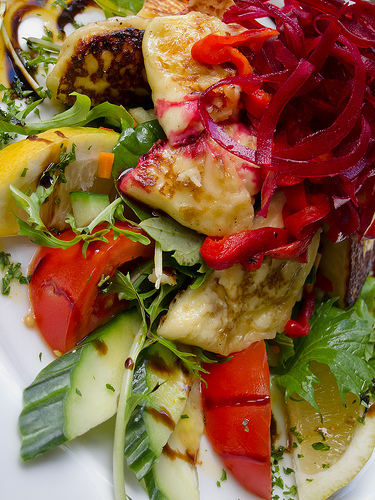
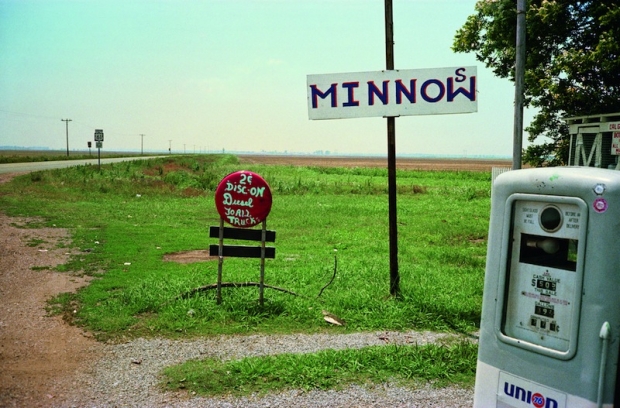
![Queueing [EXPLORE]](http://static1.squarespace.com/static/54ca877ce4b014ea90e14bda/54ca9f5de4b021f8b6d68cc1/54caa178e4b021f8b6d6c132/1422565752067/7977757192_a2770a949d.jpg?format=original)
